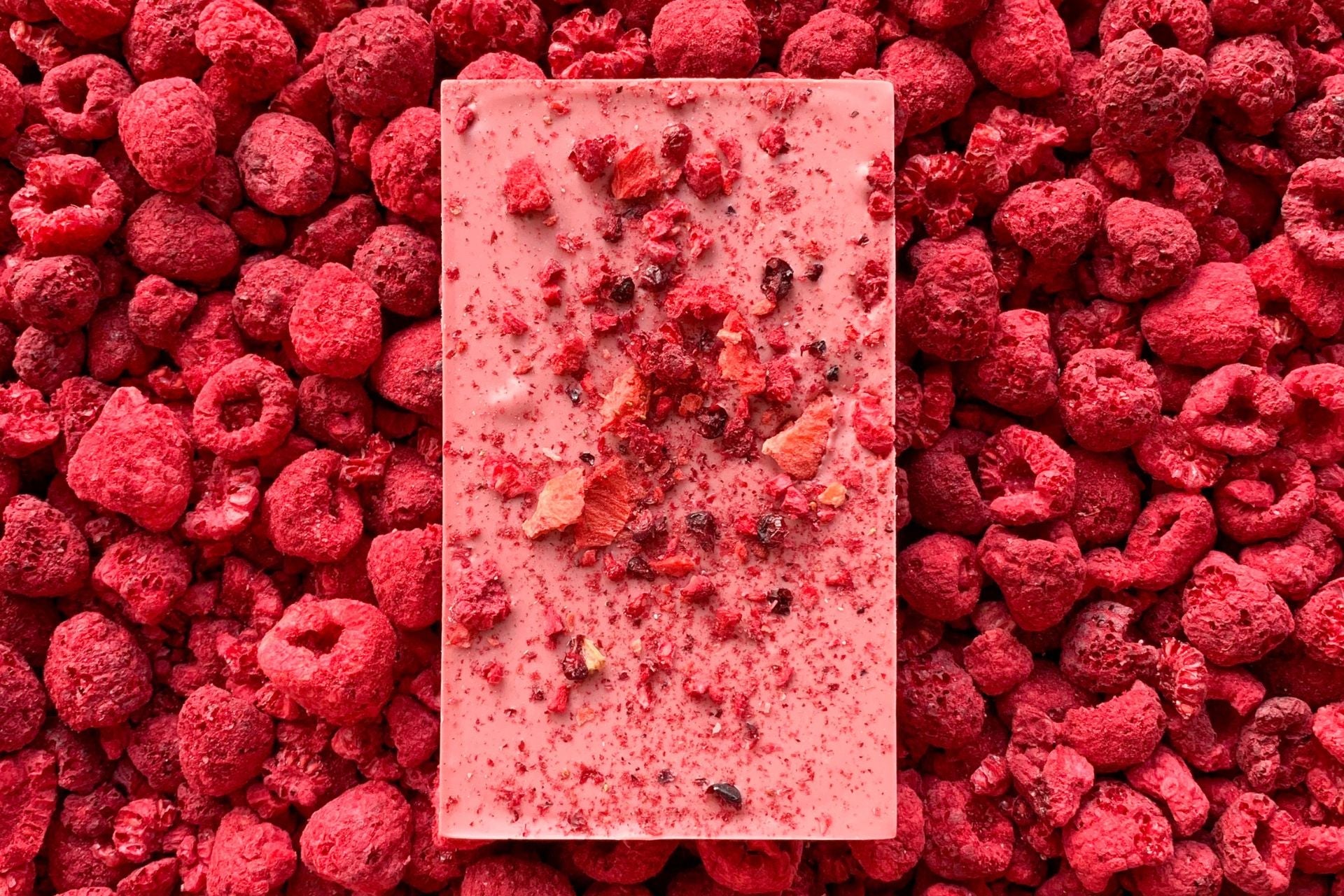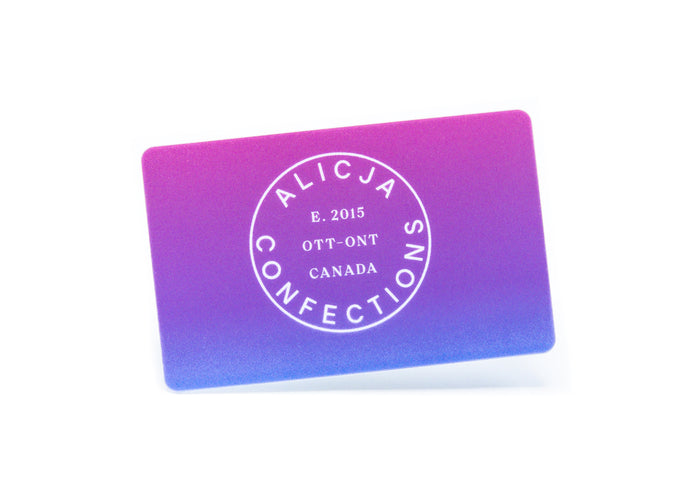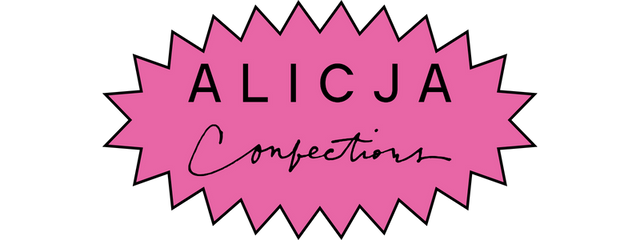
· By Alicja Buchowicz
5 Reasons Why Ruby Chocolate Is More Than Just A Trend
Are you in love with ruby chocolate? It’s not just you. I am, too! The past few years have seen a surge of interest in ruby cocoa beans and their end products: ruby chocolate bars and drinks, chips, ice cream, and even cookies. So what exactly makes this type of chocolate so special? So many things!
Ruby chocolate is made from the same ingredients as standard dark chocolate—cocoa beans, sugar, cocoa butter—but with a few key differences that increase its red-brown hue and make it stand out from the rest.
1. It’s made with a rare variety of cocoa bean
The cacao plant, from which all chocolate is derived, is native to South and Central America. There are many varieties of the plant, and different varieties produce different types of beans. For example, the most common varieties of cocoa beans used to make all sorts of chocolate are Forastero and Criollo, which are grown in Africa and South America.
But there are other lesser-known varieties, like Trinitario, which is also grown in Africa but produces a different type of bean that is more reddish. This is the variety ruby chocolate is made from.
Why this variety of beans was never used to make standard chocolate remains a mystery. It’s thought that, maybe, it wasn’t discovered until relatively recently, or that it was kept hidden for whatever reason. Whatever the case, now that we know about it, we’re seeing it used to make this special type of chocolate.
2. Ruby chocolate is only grown under special conditions
As with other rare and special varieties of produce, like black raspberries or white asparagus, ruby cocoa beans are grown in very specific conditions. This is because the plants need a particular climate, soil, and amount of sunlight to thrive.
Unlike standard cocoa beans, which can be grown anywhere, ruby cocoa beans can only be cultivated in very particular parts of the world. To be able to grow ruby cocoa beans, farms need to be situated at a certain altitude and have a certain temperature and humidity level.
Additionally, ruby cocoa beans need a certain amount of sunlight. If they’re not grown in the right conditions, they’ll end up tasting like standard cocoa beans.
3. It has a rich, deep, and fruity taste
Ruby chocolate, as we’ve seen, is the result of special growing conditions and a particular type of bean. But what’s most special about it is its taste.
Unlike standard dark chocolate which is often quite bitter, ruby chocolate is pleasantly sweet, with a rich and deep fruity taste. This is because it’s been fermented with natural yeast, which gives it a tangy, sour taste.
This fermentation process changes its chemical makeup, making it what’s known as “ruby” chocolate. This fermentation process also changes the color of the chocolate from dark brown to a lighter and redder hue. This is because the cocoa beans’ natural anthocyanin is brought to the surface during fermentation.
Anthocyanin is what makes red and purple fruits and veggies so colorful, so it’s no surprise that it’s also present in cocoa beans.
4. There’s very little of it available
As I've mentioned, ruby cocoa beans can only be grown in certain conditions, and a very small area of the world is able to do so. This means that there’s less of it than there is standard cocoa beans.
There are approximately two and a half million metric tons of cocoa produced each year, and only half of this is used to make chocolate—the rest is used in food, drink, and pharmaceutical products. Of the half that’s used in chocolate, a small percentage is used to make ruby chocolate.
There are various reasons for this, from the prohibitive costs of harvesting and fermenting the beans to the fact that most people haven’t even heard of it, let alone tried it, maybe even you.

5. Because of its unique properties, it’s used in some pretty cool things
Ruby chocolate, with its rich fruity taste, is unlike any other type of chocolate out there. But, as well as being delicious, it’s also useful. Because of its unique properties, it’s used in all sorts of things.
Let’s take a look at a few examples:
- It’s used in specialty foods like jams, marmalades, and sauces. These foods typically use red fruits like strawberries and raspberries, which are rich in anthocyanins, the same pigments that make ruby chocolate red.
- It’s used in baked goods like cakes and cupcakes. Ruby chocolate is added to the frosting or decoration on the top of the baked goods. This is because it’s less sensitive to heat than standard chocolate, so it can withstand baking temperatures without melting.
- It’s used in cosmetics like lip balms and shampoos, where it’s added to the formula to give it a rich red color.
So, is it just a fad or is there more to come?
Ruby chocolate has a lot going for it: it’s made from a rare variety of cocoa beans, cultivated in special conditions, and has a rich and fruity taste. It's delicious and fun to eat, and has a beautiful natural color.
But I also have to admit that it’s pretty expensive. Many people have yet to try it and most chocolate companies don't make products using ruby chocolate.
Whether it's here to stay or simply a fad we'll soon forget in the chocolate world, ruby chocolate is the result of an exciting discovery, and one that could change the chocolate game for good.
1 comment
-
Love the Ruby discs!
Nick on






